The opening date for these exhibits has been moved from August to October 8.
The Jazz Loft, 275 Christian Avenue in Stony Brook, will be celebrating the First Lady of Song Ella Fitzgerald and legend Tony Bennett with exhibits of hundreds of items of memorabilia and archival materials.
Fitzgerald will be celebrated not only with her music, but also with an exhibit of six of her spectacular gowns recently procured by The Jazz Loft Founder Tom Manuel. Other items in the Fitzgerald exhibit will include items spanning the mid 1930s to the end of her life in the 1990s, including letters, personal objects, awards and more.
The Tony Bennett exhibit will feature over 100 items, including several awards and Grammy nominations; letters from presidents, Louis Armstrong and Fred Astaire; and the Gold Records from his signature hit I Left my Heart in San Francisco.
The Fitzgerald exhibit of six Don Loper custom-designed gowns came to The Jazz Loft serendipitously. Manuel received a phone call one day from a young man in California stating that he had a collection of gowns from “someone named Ella Fitzgerald.”
“Ella Fitzgerald and Tony Bennett were without question two of the greatest entertainers of the 20th century,” says The Jazz Loft Founder Tom Manuel. “To welcome such an extensive collection of their personal items to have on display in the museum and to celebrate their story at The Jazz Loft is amazing. I am so grateful to all who supported these two important acquisitions financially and I just know that everyone is going to be blown away by these exhibits.
The opening of the gown exhibit and the Tony Bennett exhibit is on October 8 at 6:30 p.m., with $25 for general admission tickets available here: https://www.thejazzloft.org/calendar
“Ella Fitzgerald is the reason I fell in love with jazz,” says Nicole Zuraitis. “Her voice, her phrasing, her personality and musicality all defined the genre for me and continues to do so.”
The Gowns
The Loper gowns include: A straight long-sleeved navy gown with a see-through fabric on the arms with wrist shapers. A high neckline with a grey bejeweled center piece of silvers and different blue tones with a shape wear belt; A flowing pacific blue long sleeved gown with a lower v-neckline with vertical sequined stripes from the waist and a wraparound belt; A short length and short sleeve turquoise double patterned dress with a u neckline having a silver overlap of x patterns and waves behind; A brown elegant gown with a long sheer skirt making a two piece illusion with the flower printed pattern from the waist up with brims of gold and a flattering neckline and shoulder cut off; A loose fitting long sleeve ocean blue gown with golden flower accents varied around the dress to highlight the cross fabric v neckline; and a midnight black ankle gown with a detailed trail of golden beaded buttons and a sleek bow tie around the waist highlighting the mesh black sleeves and silky texture.
Loper was a famous American costume designer, as well as a screenwriter, producer, actor and choreographer. He designed for Lucille Ball, as well as Ella Fitzgerald and some of his pieces are featured in the Los Angeles County Museum of Art and the California African American Museum.

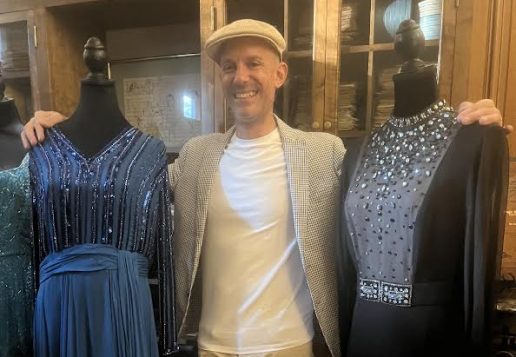
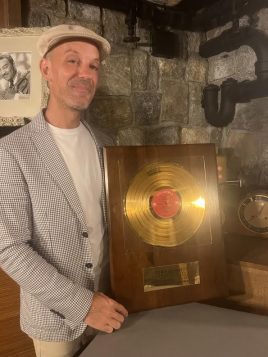
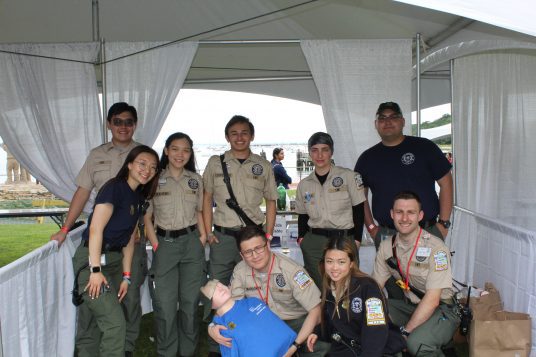
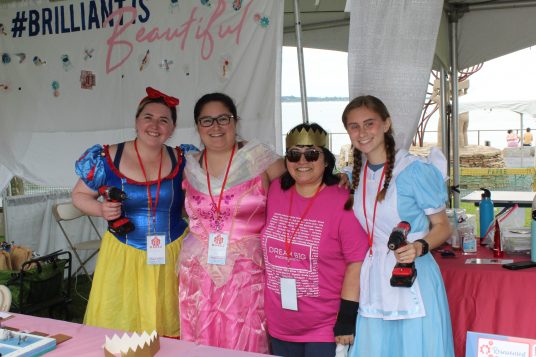
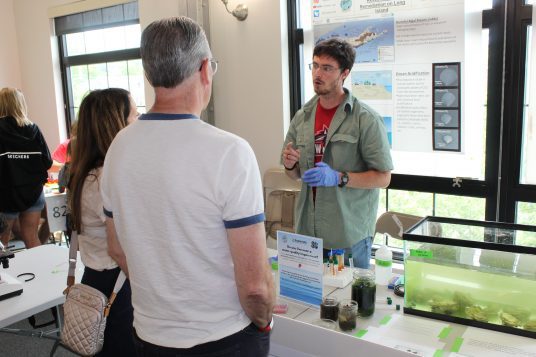
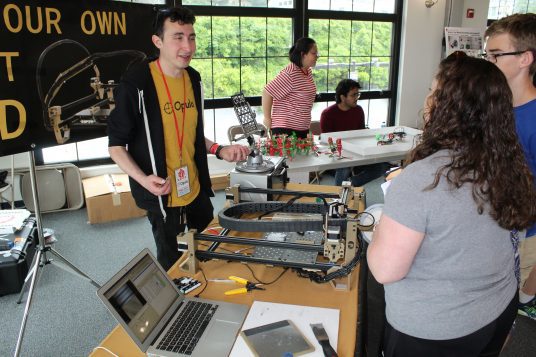
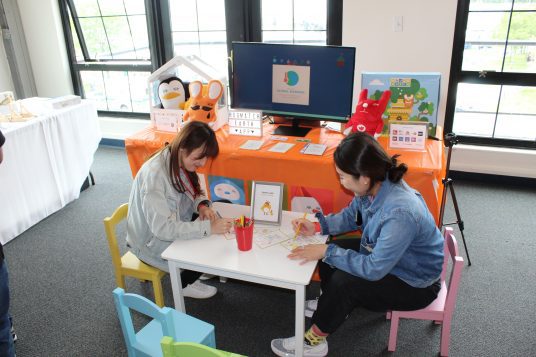
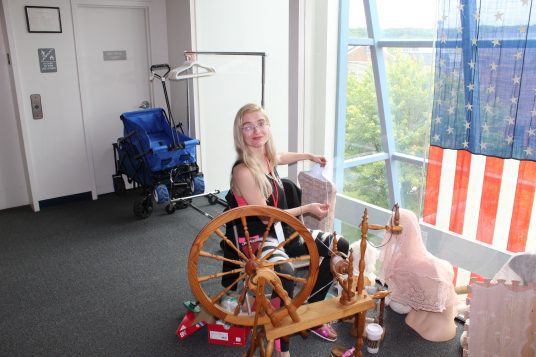

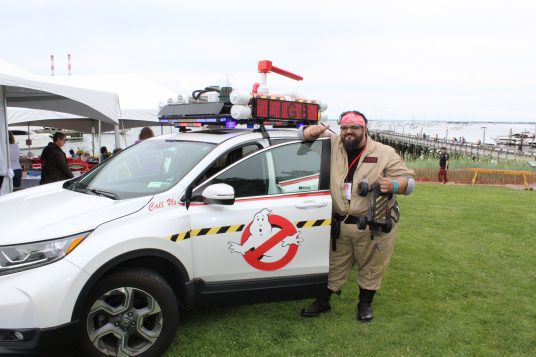
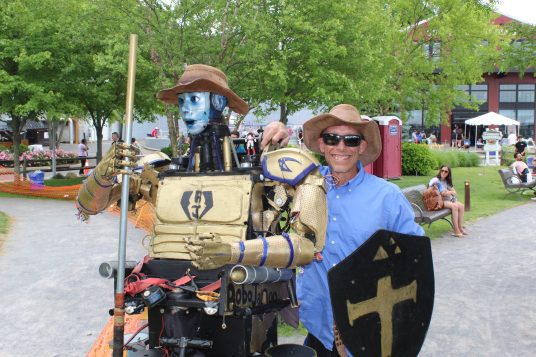
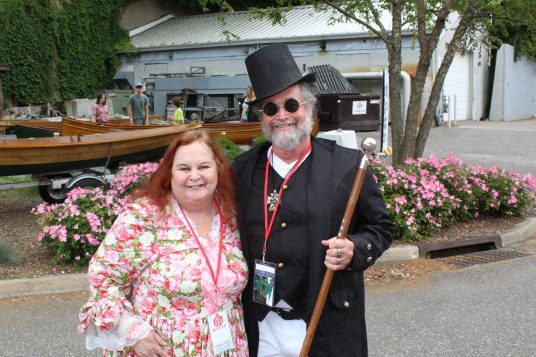
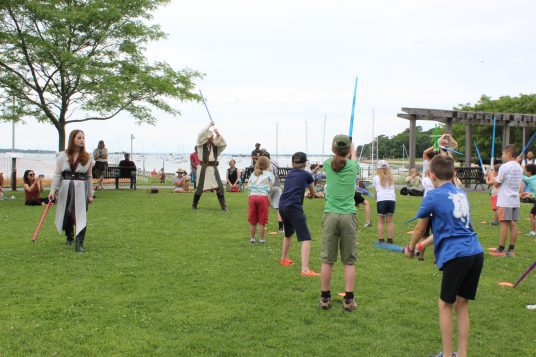
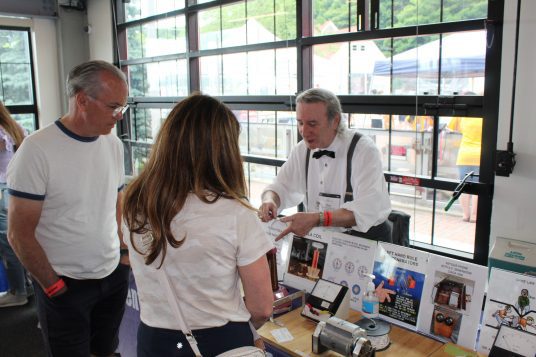
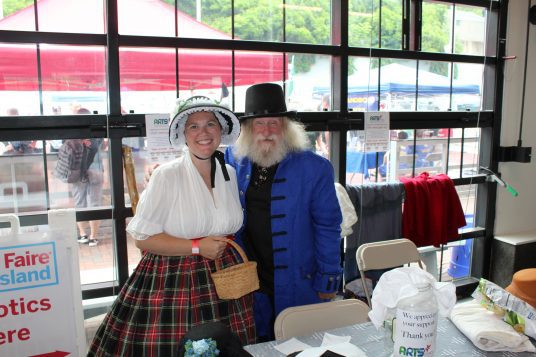
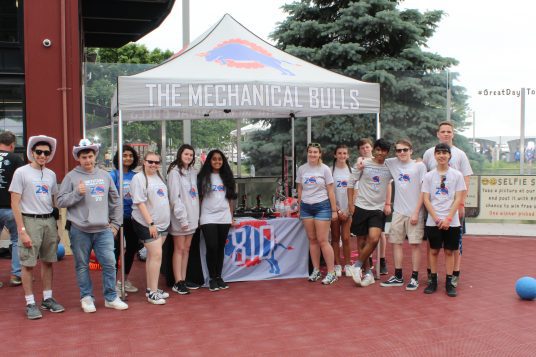
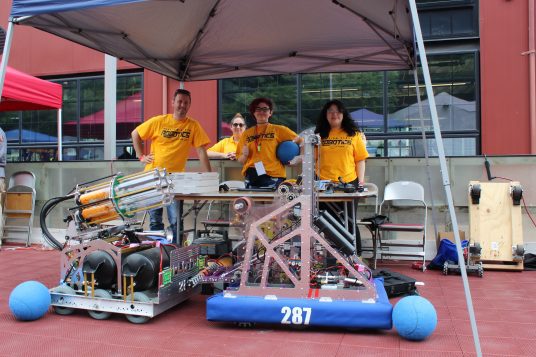
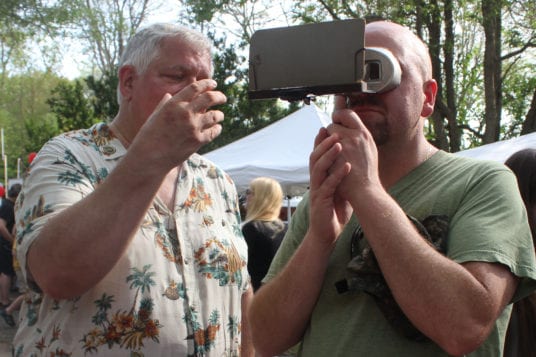
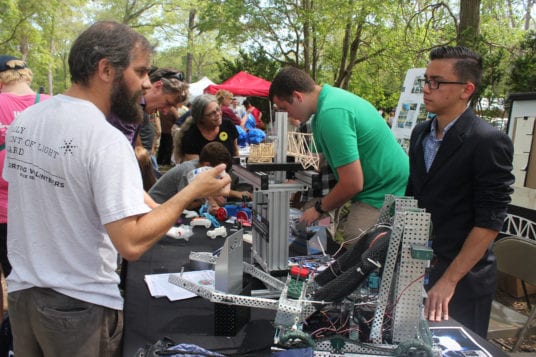
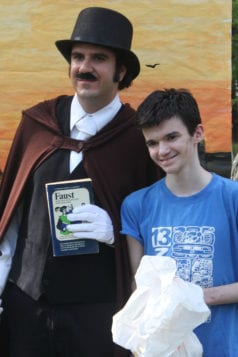
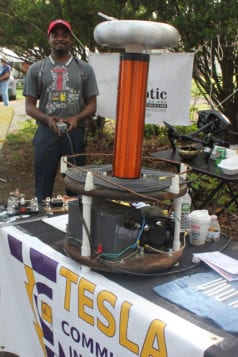
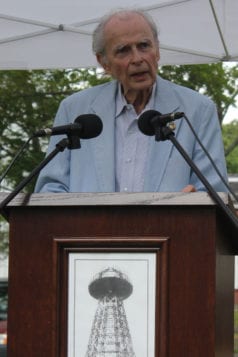
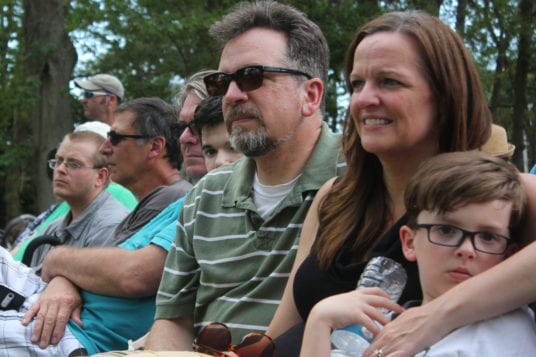

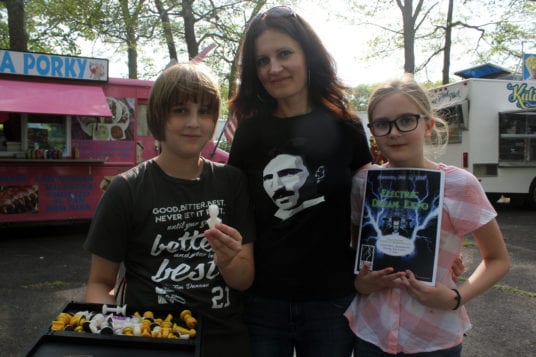
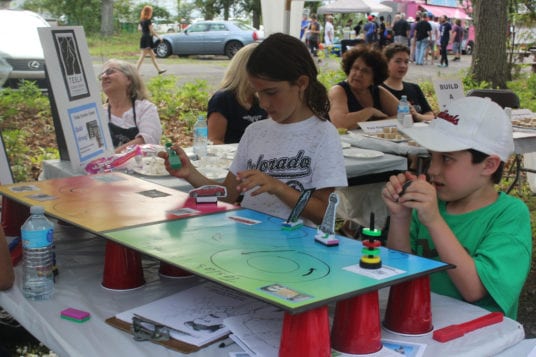
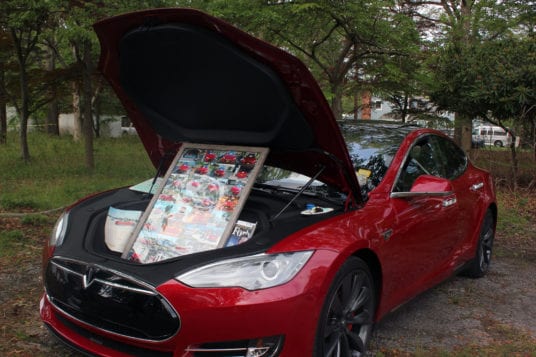
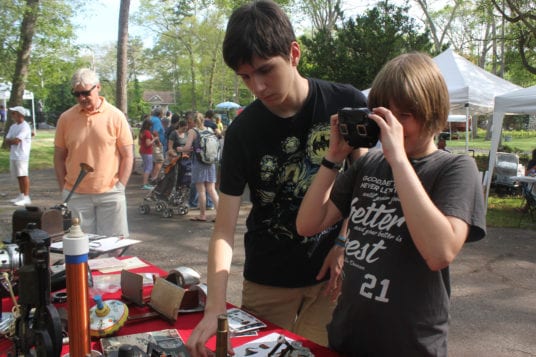
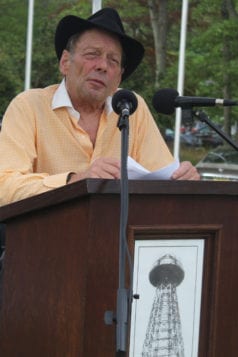
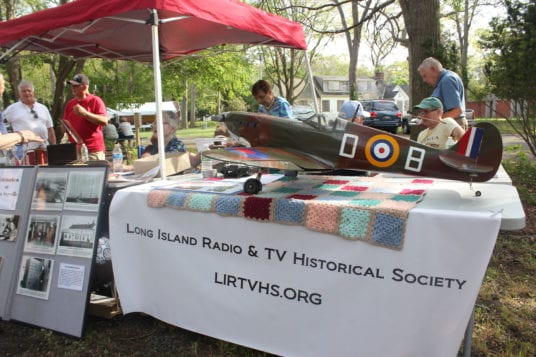
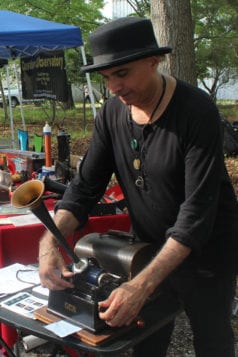
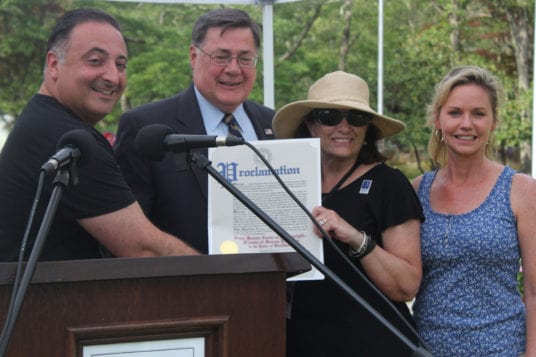
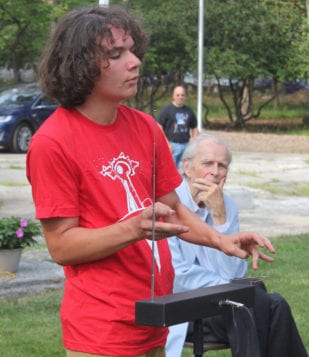
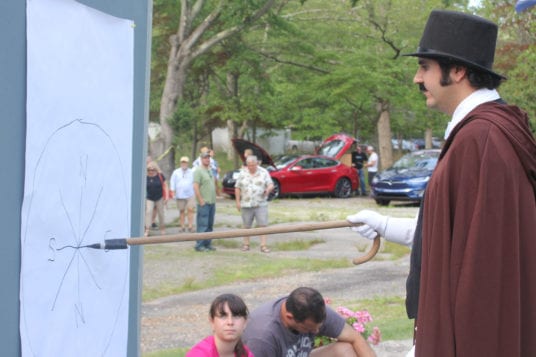
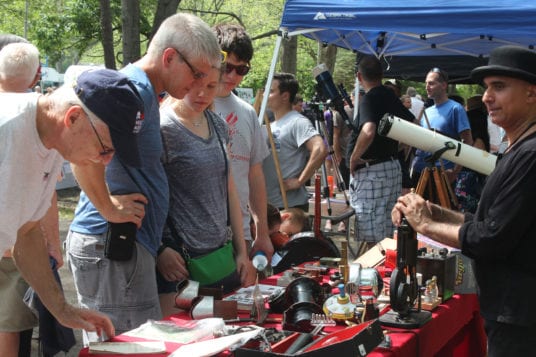
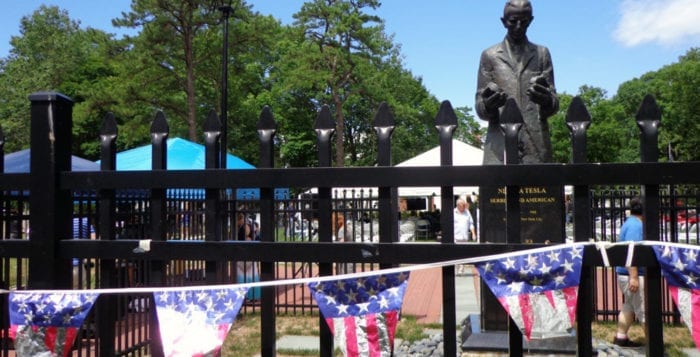
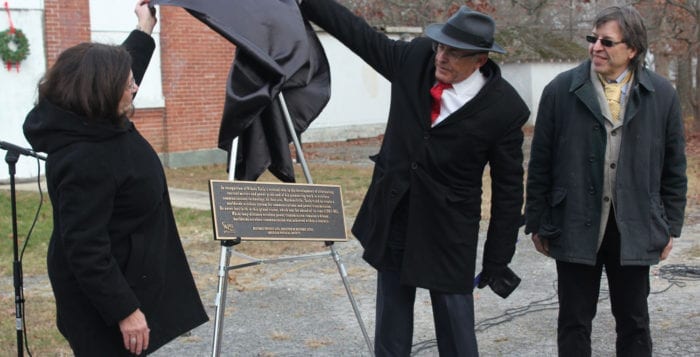
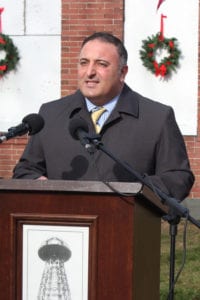
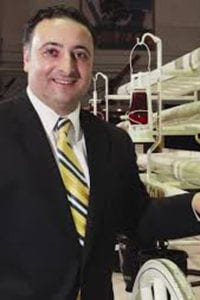
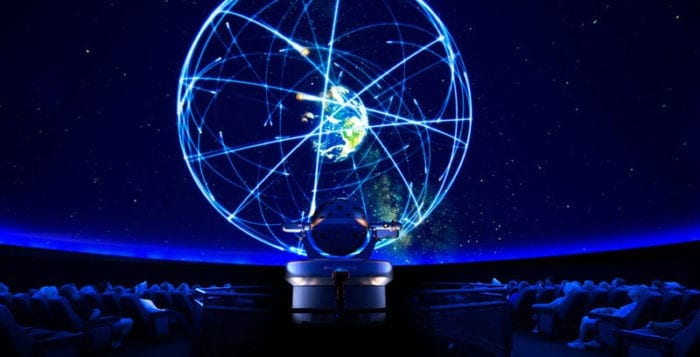
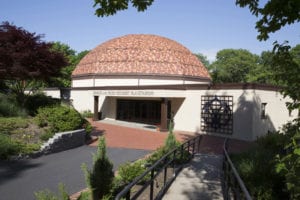
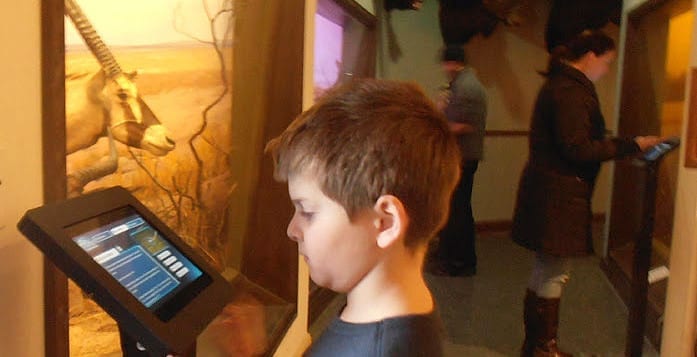
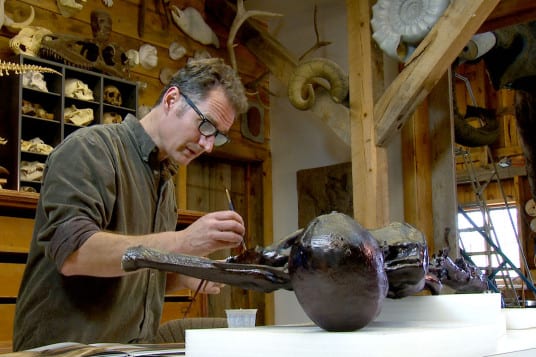
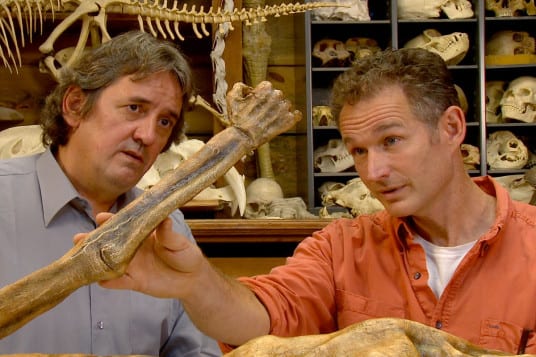
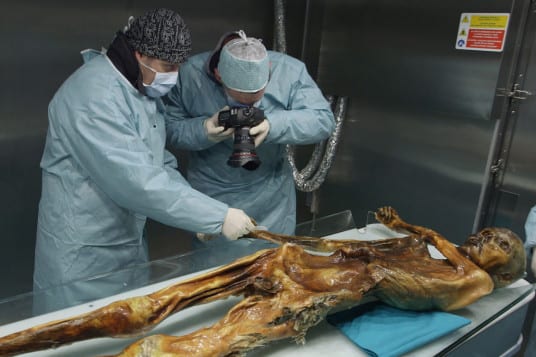
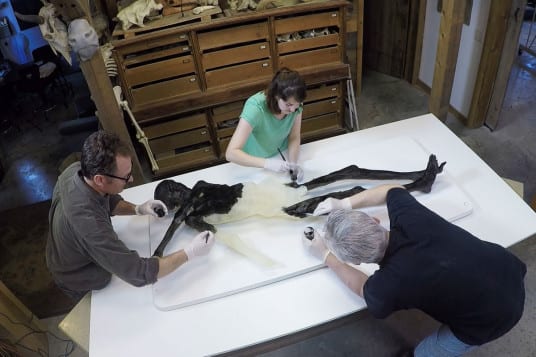
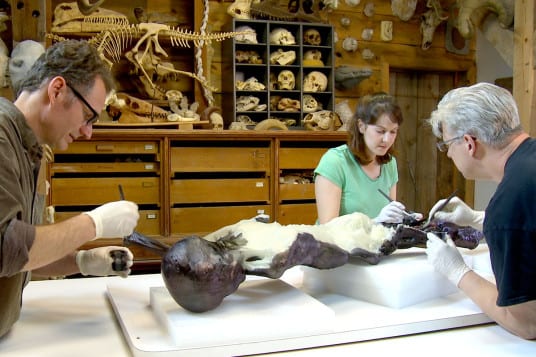
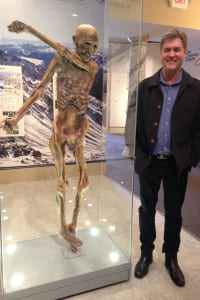
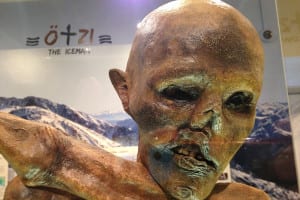
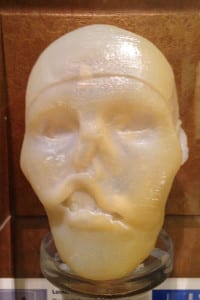
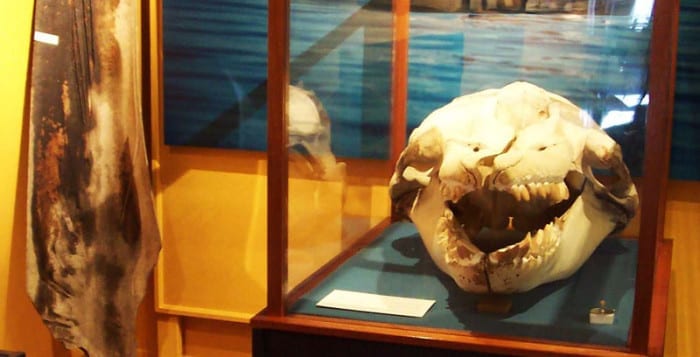
 A scene from ‘Moby Dick.’ Photo from The Whaling Museum
A scene from ‘Moby Dick.’ Photo from The Whaling Museum


